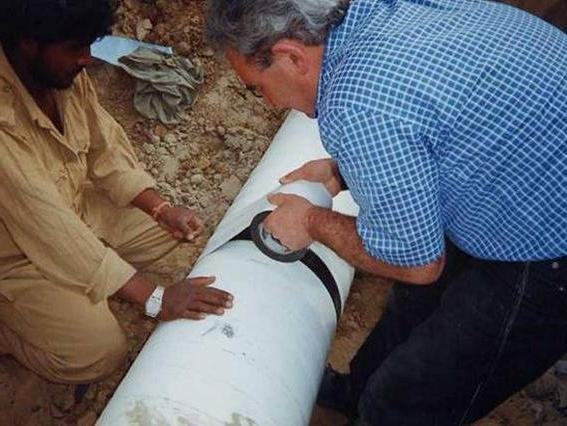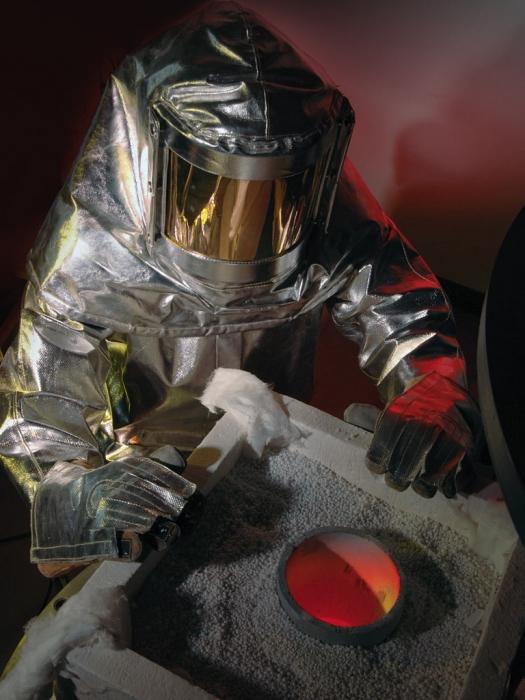Corrosion of metals - the process of their destruction
Corrosion is translated from Latin as "corrosive". This is the name of the process of destruction of any material (wood, ceramics, polymer, metal) as a result of the impact of the environment on it, be it ground, air, water (sea, river, marsh, lake, underground) or any other medium. With respect to metals, the term corrosion of metals is replaced by the generalized word "rust". For example, in the oxygen corrosion of iron in water, iron hydroxide is hydrated - ordinary rust.

Soil-ground corrosion of metals -electrochemical process, depending on such factors as the chemical composition of soils, their humidity and air permeability, the type of metal, its homogeneity, the nature of the surface of metallic objects.

Protection of metals against corrosion is based on such methods:
1. Increasing the chemical resistance for structural materials (introduction of corrosion-resistant elements into alloys or, conversely, removal of impurities from the alloy that accelerate corrosion);
2. Isolation of the metal surface from the influence of an aggressive environment (application of lacquers on metal, insulating films, electroplating coatings);
3. electrochemical protection - under the influence of superimposed external current on the metal structure;
4. Reduction of the aggressiveness of the medium by introducing corrosion inhibitors (arsenates, chromates, nitrites), deoxygenation or neutralization of the medium.

Such a question as the protection of metal from corrosion,remains and is now topical, requiring an integrated approach to the search for modern design solutions, the improvement of old proven protective methods and means.





